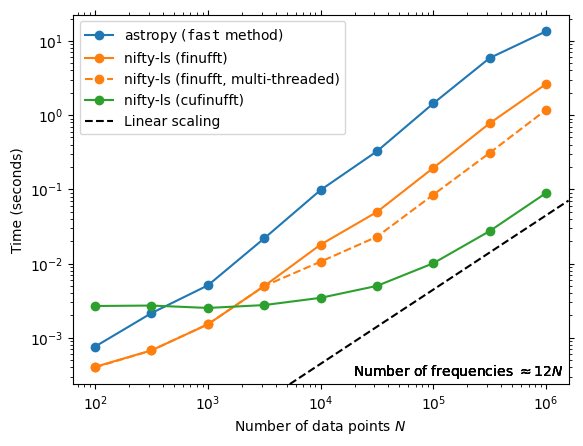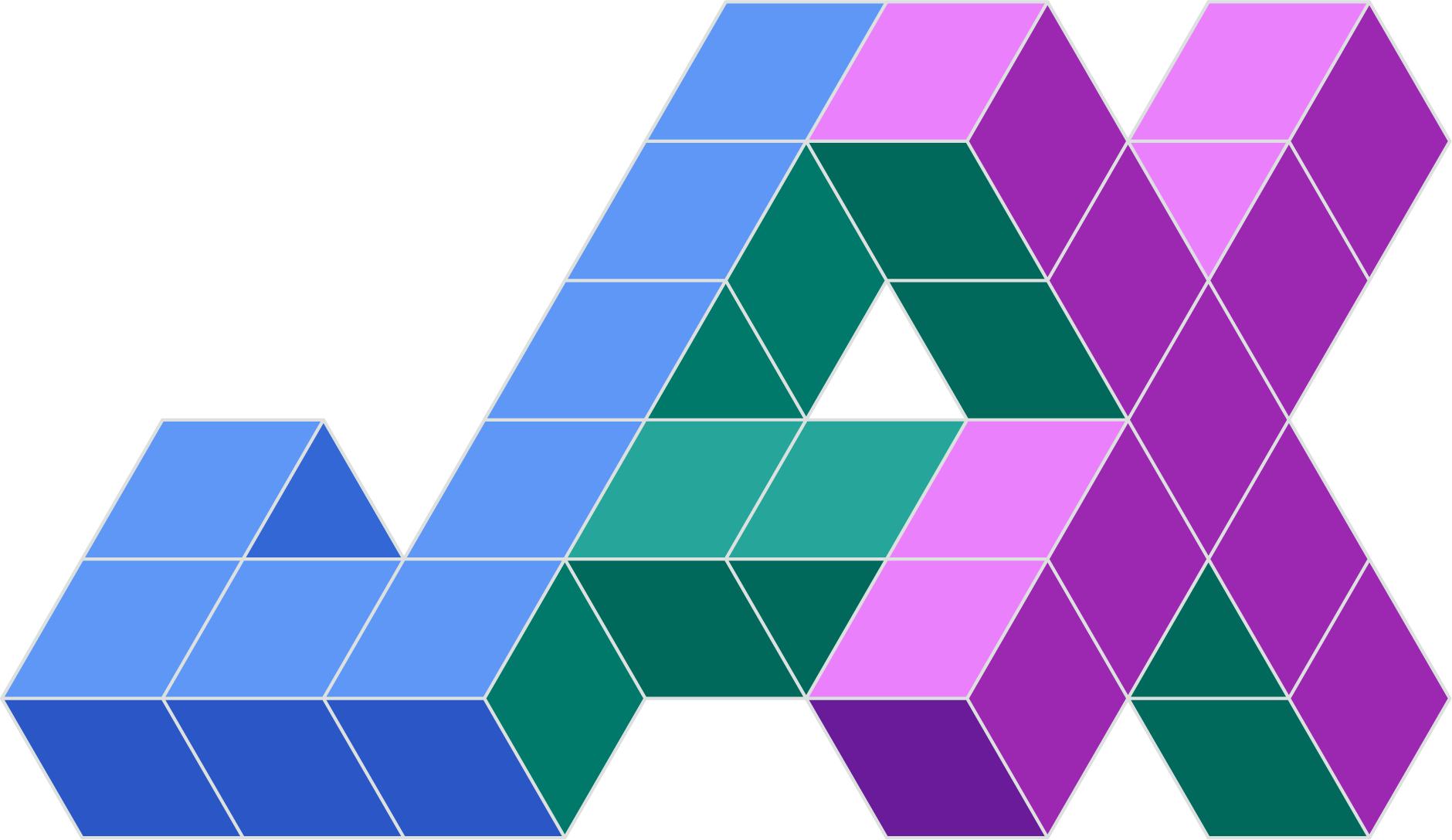
Dan F-M
@exoplaneteer
(he/him) Editor @JOSS_TheOJ. Retired astronomer. Working on JAX @GoogleDeepMind. Previously @FlatironCCA. @[email protected]
We now have a guide to writing distributed communication on TPU using Pallas, written by @JustinFu769512! jax.readthedocs.io/en/latest/pall… Overlapping comms + compute is a crucial performance optimization for large scale ML. Write your own custom overlapped kernels in Python!
We're looking to grow our editorial team at @joss_theoj blog.joss.theoj.org/2024/10/call-f… #openscience #opensource
At the #JAXstronomy workshop this week, and it's amazing use #JAX to write physics simulations that scale to distributed GPU systems in <300 lines of code! ⭐️ Code here: 👉 github.com/pmocz/jax-eule…
There is now an arxiv link describing this work! Check it out: arxiv.org/abs/2409.08090
Do you ever use the astropy LombScargle method for computing periodograms? If so, you should check out Lehman Garrison's new nifty-ls package which provides some new faster (and hardware accelerated) backends to the astropy function: github.com/flatironinstit…
🔖 Update your bookmarks! Soon github.com/google/jax will move to github.com/jax-ml/jax See the announcement here: github.com/google/jax/dis… One thing I wanted to emphasize: despite the name, this doesn't change the fact that JAX is still useful for a LOT more than just ML!!
We are closing the registration for Jax in Astronomy at @FlatironCCA on August 19 (Monday), which is one week from today! Register using the Google form linked below if you want to join us for a week of high quality co-working time!
Do you ever use the astropy LombScargle method for computing periodograms? If so, you should check out Lehman Garrison's new nifty-ls package which provides some new faster (and hardware accelerated) backends to the astropy function: github.com/flatironinstit…
NeuralGCM combines a physics-based general circulation model with a neural network for small-scale processes, all written in JAX to support differentiable optimization and high-performance simulations on GPU/TPU.
Finally got around to writing a guide for matrix multiplication on TPUs using Pallas. Check it out! jax.readthedocs.io/en/latest/pall…
Many of you are excited about H100 attention, so it’s a good time to show you Mosaic GPU: a Python DSL for H100s. The attention example matches FA3 performance, while being only ~200 lines of Python: github.com/google/jax/blo… It's easy to install too! Latest JAX packages have it.
I am proud to announce that #Snakemake is now officially a @NumFOCUS affiliated project! We believe that the whole #snakemake ecosystem will benefit from the sustainability benefits and guarantees that come with the NumFOCUS affiliation. snakemake.github.io (1/2)
You know, I don't love everything about working at Google, but this 2 space indenting is 🔥
I know I've had ages, but I guess it's finally time to release numpy 2.0 compatible builds for all of my Python projects. Only about a week late...
Do you ever use the astropy LombScargle method for computing periodograms? If so, you should check out Lehman Garrison's new nifty-ls package which provides some new faster (and hardware accelerated) backends to the astropy function: github.com/flatironinstit…

Interested in creating your own automatically differentiable simulation code? My next ~100 line #Python tutorial explores how to do this using JAX. Writeup and code at the link: 👉 philip-mocz.medium.com/create-your-ow…
This picture was taken 8 years ago when I was an undergrad at UIUC. Next fall, I'll return to Illinois as an assistant professor of astronomy. Astronomy and hockey were the two best things I started at Illinois, and I can't wait to continue these passions at this special place.
Today is my last day as a professional astronomer, and I already miss all the wonderful people who I have had the immense privilege of working with over the past 15 years. But, I'm excited for what comes next, and y'all know where to find me: github.com/google/jax ❤️

I’m excited to share that I’m joining the Flatiron Institute as a software engineer to develop open-source (astro)-physics software and MESA at the Center for Computational Astrophysics
This week Gaia announced the discovery of a 33-solar mass black hole with time series! Of course, we can model this supermassive 'exoplanet' using our favorite exoplanet tool. I've written a notebook to model this Gaia time series. Check it out here: 📒💫 github.com/jiayindong/gai…